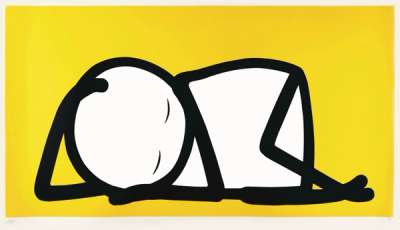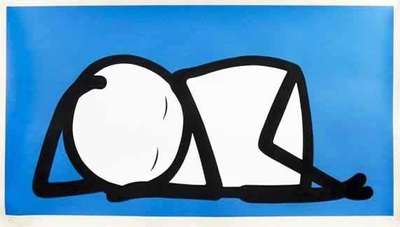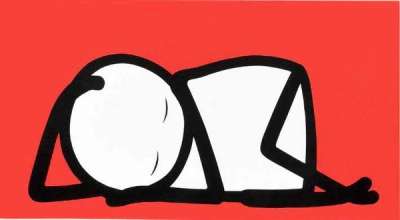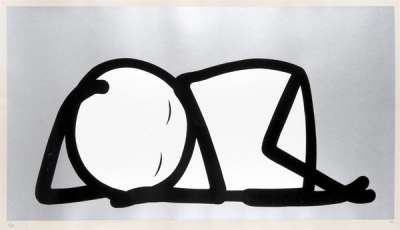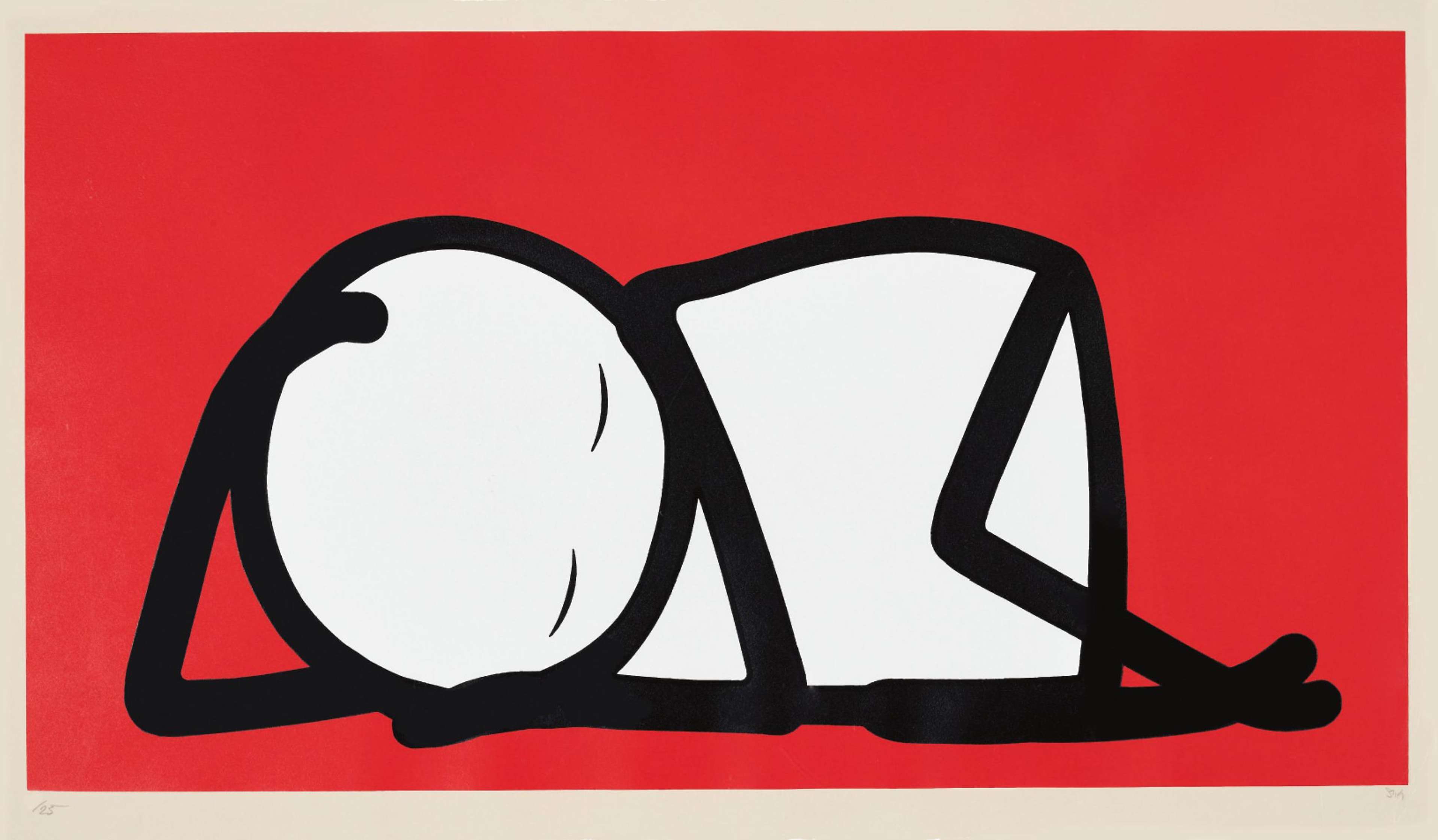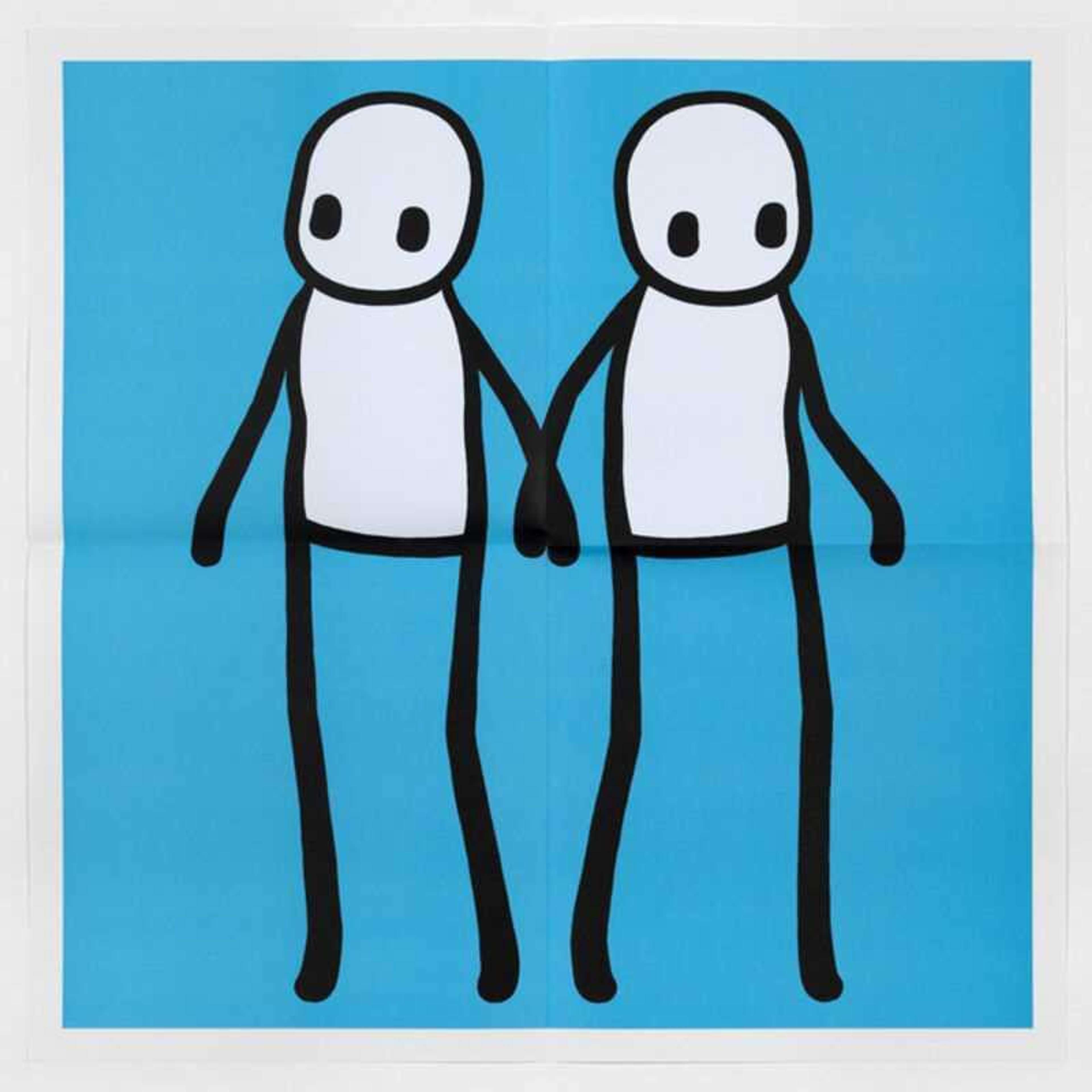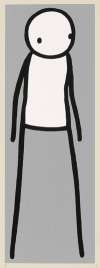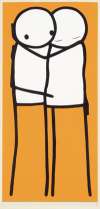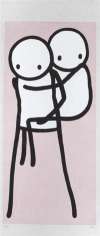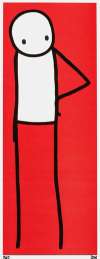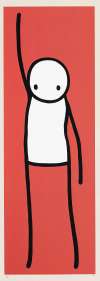Sleeping
Baby
Stik’s Sleeping Baby print series was released, alongside a mural, as a fundraiser for Homerton hospital. The series depicts Stik’s stickman figure on its side with eyes closed. The image evokes a person in care of the hospital—appearing vulnerable but resting—as well as making an appeal on behalf of a fragile NHS.
Stik Sleeping Baby For sale
Sleeping Baby Market value
Auction Results
| Artwork | Auction Date | Auction House | Return to Seller | Hammer Price | Buyer Paid |
|---|---|---|---|---|---|
 Sleeping Baby Blue (NHS Blue) Stik Signed Print | 26 Mar 2024 | Christie's London | £13,600 | £16,000 | £21,000 |
 Sleeping Baby (yellow) Stik Signed Print | 15 Mar 2023 | Christie's London | £21,250 | £25,000 | £35,000 |
 Sleeping Baby (red) Stik Signed Print | 17 Mar 2021 | Sotheby's London | £23,800 | £28,000 | £40,000 |
 Sleeping Baby (silver) Stik Signed Print | 10 Apr 2019 | Tate Ward Auctions | £10,200 | £12,000 | £16,000 |
Sell Your Art
with Us
with Us
Join Our Network of Collectors. Buy, Sell and Track Demand
Meaning & Analysis
Stik’s tender Sleeping Baby series originates from his mural painted on Homerton Hospital, with the 100-print issue released as a fundraising tool. The series originates in a mural painted by STIK on a wall belonging to Homerton Hospital in Hackney, London. The 100 prints (25 in NHS blue, red, silver and yellow respectively) were originally sold to fundraise for the hospital alongside the unveiling of the mural, with buyers queuing overnight for the chance to purchase.
The series depicts a trademark six-line stickman figure lying on its side with its eyes closed. With one hand clasping the scalp and another cushioning the head, the figure is at once vulnerable and secure, simultaneously at peace and in danger. While we know the figure depicted is a baby thanks to the print’s title, the figure’s construction is no different to the classic stickman figure in every piece by the artist. Viewed in isolation, this could be a representation of any human in repose.
The mural, painted in ‘NHS Blue’, as is one of the four prints from the series, can be read as an ode to the sanctuary offered by the National Health Service, with the piece’s figure appearing to rest serenely, cushioned by a sea of colour. On the other hand, the fragility of the stickman could allude to a vulnerable National Health Service, which STIK perceives to be just as fragile as the figure depicted in Sleeping Baby: “The NHS is our baby. It is very vulnerable, and we the people need to take care of it”. At the time of the junior doctor’s strike of 2016, the image was used on placards alongside slogans including “Hands Off The NHS”. Homerton hospital has personal significance for STIK; he attests to visiting the hospital on several occasions in times of need: “They saved my life a few times, stitched me back together,” he says.
The anonymity of the artist’s stickmen is no accident; the protection that this figure needs invites the viewer’s identification and empathy. The image’s marriage of personal and political significance is potently reflective of the constant coalescing of the universal and the intimate in Stik’s work.
